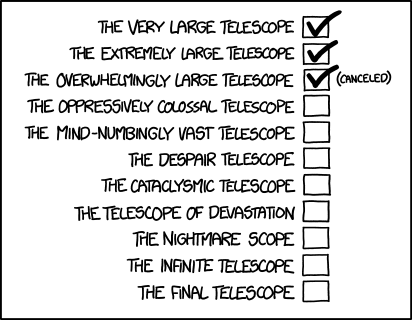By Tushna Commissariat
Just when we thought that it couldn’t possibly have any more practical applications, everybody’s favourite “wonder material” graphene is going to be used to develop “stronger, safer, and more desirable condoms”. Thanks to a Grand Challenges Explorations grant of £62,123 from the Bill and Melinda Gates Foundation, scientists at the University of Manchester will use graphene to develop new “composite nanomaterials for next-generation condoms, containing graphene”. Unsurprisingly, the story made all the national newspapers with the BBC, the Guardian, the Telegraph and the Independent all having their say. The Guardian also noted that industrial graphene-producer Applied Graphene Materials’ shares jumped by 40% during its stock-market debut, the day before the above story broke. You can read more about graphene’s many potential applications on page 50 of Physics World’s anniversary issue, a free PDF download of which is available here.
In the light of the two new Mars missions that took off this month – the Indian Mangalyaan mission and NASA’s MAVEN probe – we were interested to come across a story on the Astrobiology Magazine titled “The overprotection of Mars”. The story, based on a recent Nature Geoscience paper by the same name, addresses the issue of planetary protection policies that are currently in place to guard the other planets of our solar system from being contaminated by microbes and other nasty things form Earth. The following issue of Nature Geoscience contained a paper with a strong rebuttal, suggesting the “Appropriate protection of Mars”. I will leave you to read the story and the two papers, but do tell us which side of the fence you come down on in the comments below.
We also came across two very interesting book reviews published recently on the International New York Times website. The first looks at author Sara Paretsky’s latest offering – Critical Mass – which, apart from being a crime thriller, has a lead character “inspired by the brilliant but unsung Austrian physicist Marietta Blau”. The second book – Love and Math: the Heart of Hidden Reality – is written by mathematician, physicist and now author Edward Frenkel. This semi-autobiographical book tells two tales – one describing the wonders of mathematics and its connection to our universe and a second, more sombre story of the trials a young Frenkel faced as he dealt with a discriminatory educational system and antisemitism in his early career. The Times was suitably impressed by his book, publishing two reviews and an excerpt of the book. And do look out for our own review in the January issue of the Physics World magazine.
And for your weekly dose of weekend fun here are some more entertaining science experiments to do with children, a very interesting write-up on the scientific history of surfing via Nature’s Books and Art section, a “climate-models calendar” featuring real climate scientists and a video-interview with Nobel-prize winning physicist Murray Gell-Mann. And lastly, look at the image above for the latest tongue-in-cheek physics humour from Randall Munroe’s xkcd webcomic – what’s your telescope called?

Guidelines
Show/hide formatting guidelines
this text was deletedwhere people live in harmony with nature and animals</q>
Some text